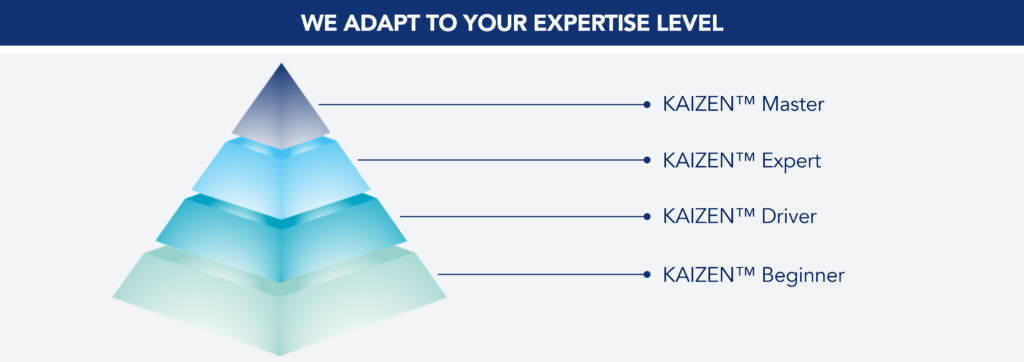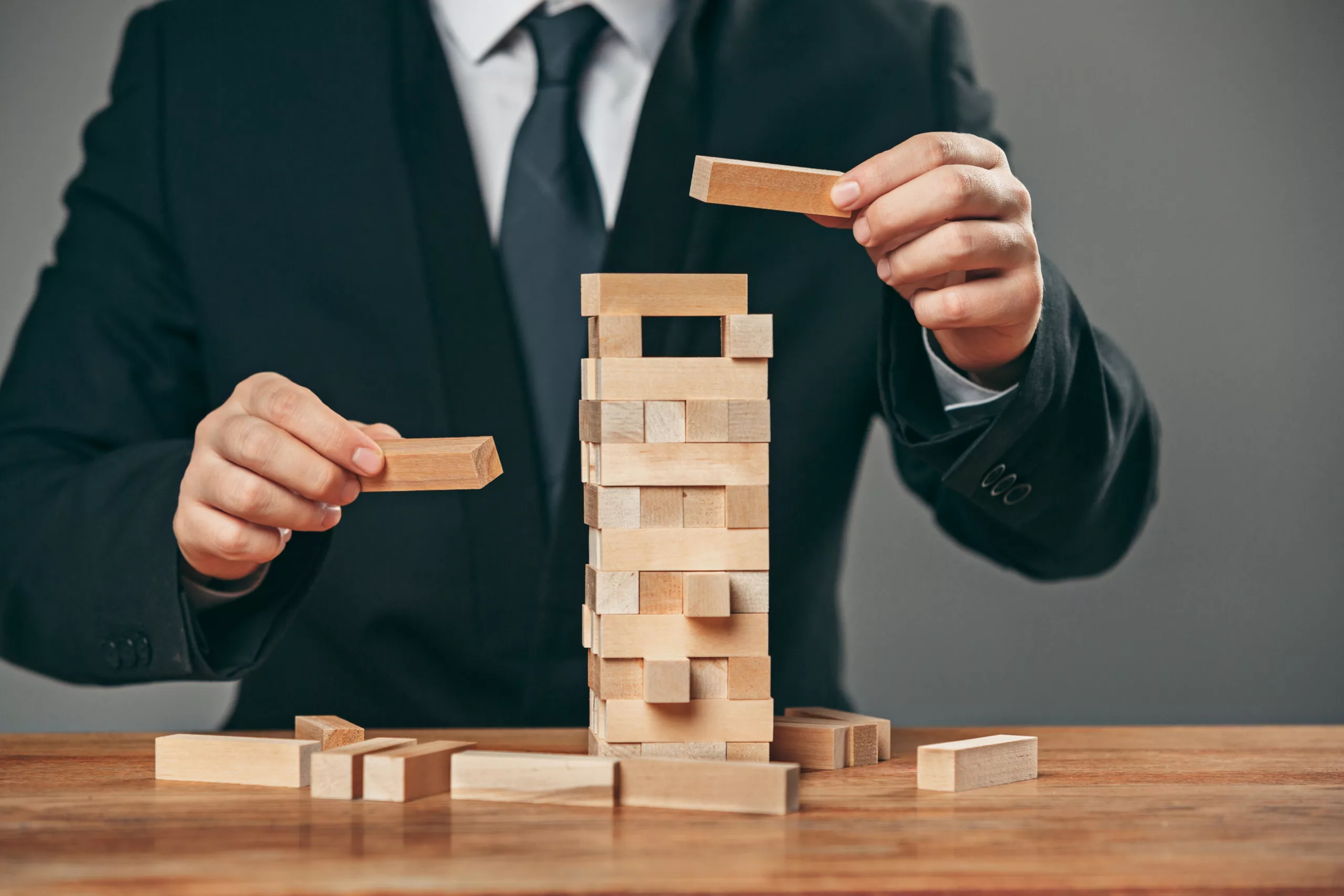Capability building is not just an operational necessity but a strategic imperative for organizations aiming to thrive in a competitive and ever-evolving business landscape.
Leading companies recognize that to drive sustainable growth and maintain a competitive edge, they must invest in developing their workforce’s skills and behaviors, and get them into the right mindset.
By systematically enhancing employees’ skills, knowledge, and abilities, companies can ensure a more adaptable, efficient, and innovative workforce for organizational excellence and long-term success.
This article explores the importance of capability-building systems and how they support companies, especially global ones, in achieving excellence through tailored training programs.
What is Capability Building?
Capability building is developing and improving employees’ skills, abilities, and competencies within an organization. This involves technical and soft skills such as leadership, communication, and problem-solving. The goal is to empower employees and cultivate a mindset that embraces continuous learning and improvement at all levels so they can perform their roles more effectively and contribute to the organization’s overall success.
Importance and Benefits of Capability Building for Organizations
Capability building is crucial for organizations aiming to maintain competitiveness and achieve long-term success.
Below are the main benefits organizations can expect from investing in capability-building systems.
Enhanced Employee Skills and Performance
Capability building directly improves employees’ skills, leading to higher productivity, better quality of work, and increased efficiency. Employees improve their ability to fulfill their roles, leading to better organizational performance.
Increased Innovation
A continuous improvement culture and capability development fosters innovation. Employees are encouraged to think creatively and develop new solutions, which can lead to innovative products, services, and processes.
Better Adaptability to Market Changes
Organizations investing in capability building are better equipped to respond to market changes and industry disruptions. Employees with up-to-date skills and knowledge can quickly adapt to new technologies, methodologies, and business models, ensuring the organization remains relevant and competitive.
Sustainable Growth
Aligning employee development with organizational goals contributes to achieving sustainable growth. Capability building ensures that the workforce continuously improves, supporting long-term strategic objectives and driving business success.
Improved Employee Engagement and Retention
Employees who feel that their development is a priority are more likely to be engaged and satisfied with their jobs. This reduces turnover rates and helps retain top talent within the organization. Engaged employees are also more likely to be productive and contribute positively to the company culture.
Succession Planning and Leadership Development
Organizations can ensure smooth leadership transitions and stability by identifying and nurturing potential leaders through capability-building programs. This is particularly important for long-term strategic planning and organizational resilience.
Capability Building vs. Capacity Building
As they look similar, organizations might assume they are the same. However, it is important to understand their key differences.
On the one hand, capacity building focuses on expanding your organization’s ability to handle more work. This can be achieved by hiring additional staff, acquiring more equipment, or moving to larger premises.
On the other hand, capability building is about enhancing your organization’s effectiveness in delivering work. This involves equipping your business with the required tools and empowering your employees with the skills and knowledge essential for success.
Some key differences might be considered:
Focus:
- Capacity Building: Improves overall organizational ability and infrastructure.
- Capability Building: Enhances specific skills and competencies.
Scope:
- Capacity Building: Encompasses broader organizational development, including systems, resources, and processes.
- Capability Building: Targets individual and team development.
Outcome:
- Capacity Building: Ensures the organization can sustain and scale its operations effectively.
- Capability Building: Leads to improved employee performance and innovation.
Examples of Capability Building
Capability building involves various strategies and practices to enhance the skills and competencies of individuals and organizations.
Here are some key examples:
Individual Capability Building
This involves tailored training courses focusing on personal development, such as leadership skills, technical skills, and other professional capabilities. Self-paced learning, which is key for individual capability building, is an effective way to do this. Provide online courses that allow employees to learn at their own pace, accommodating their schedules and learning styles.
Organizational Capability Building
Organizational capability building includes strategies like change management, corporate training solutions, and business improvement strategies to enhance overall performance. Providing corporate training programs to address the organization’s specific needs, including in-house training and external workshops, is essential. This brings a greater focus on business improvement strategies by teaching techniques such as lean training and Kaizen workshops to improve operational efficiency and effectiveness.
The Kaizen Capability Building Program
The Kaizen Capability Building Program is a meticulously designed framework to enhance organizational and individual capabilities. This program fosters continuous improvement and drives sustainable growth, ensuring organizations can effectively develop their workforce’s skills and competencies.
Our Unique Approach
Kaizen integrates continuous improvement principles with capability building, offering scalable solutions suitable for organizations of all sizes. This approach includes consistent training materials across global locations, fostering coherent improvement and successful culture implementation. Certification validates employee learning and development, enhancing confidence and adding value to the organization.
Core Components of the Kaizen Capability Building Program
Self-Paced E-Learning Modules
These modules allow employees to learn at their own pace, ensuring they fully grasp the concepts before moving on. The system customizes the learning experience to fit the individual’s pace and style. Self-paced learning is a core component of practical capability-building training.
Expert-Led Live Sessions
Interactive live sessions with industry experts allow employees to engage in discussions, ask questions, and receive immediate feedback. This real-time interaction enhances the learning experience by ensuring employees access the latest industry knowledge and best practices.
Practical, Hands-On Exercises
Training modules include practical exercises and real-world scenarios, allowing employees to apply their knowledge. This hands-on approach helps to solidify new skills and knowledge. Practical, hands-on exercises are crucial for developing the skills needed for real-world application.
Tailored Modules for Every Level
Kaizen offers a range of courses and training modules designed to address the unique challenges faced by different levels of the organizational hierarchy. From frontline employees to senior executives, our programs are customized to meet each group’s specific needs and objectives. This ensures that all employees have access to the knowledge and skills they need to excel regardless of their role.

Scalable Solutions
Our scalable capability-building solutions suit organizations of all sizes, from SMEs to MNCs. This scalability ensures that the employee’s skills and competencies develop as a business grows. The platform provides consistent training materials across global locations, supporting consistent improvement and successful culture implementation, making it ideal for large companies with international operations.

Employee Certification
Our Kaizen certification deepens employees’ engagement and newly acquired skills, boosting their confidence and adding value to the organization. Certified professionals enhance the credibility and effectiveness of capability-building initiatives.
Integrating Continuous Improvement into Capability Building
Combining continuous improvement practices with capability building ensures that organizations develop new skills and continuously refine and enhance them over time.
Developing a Continuous Improvement Culture
Creating a culture that values continuous improvement is essential for the success of any capability-building initiative. This involves encouraging feedback, fostering innovation, and continuously evaluating and improving processes.
- Encourage Feedback: Provide channels for employees to give regular feedback on training programs and processes. This feedback is used for iterative improvements.
- Foster Innovation: promoting a culture where employees are empowered to suggest new ideas and improvements, incorporating brainstorming sessions and innovation workshops.
- Continuous Evaluation & Adaptation: Training programs and processes are regularly improved. Metrics and KPIs such as employee performance improvements, customer satisfaction scores, and innovation rates are used to measure effectiveness.
- Leadership Support: Leaders actively support and participate in continuous improvement initiatives, crucial for fostering a culture that values ongoing development.
- Training and Development: Continuous improvement principles are embedded into all training programs, teaching employees to identify inefficiencies, offer solutions, and implement changes.
By implementing these strategies, the Kaizen Capability Building Program helps organizations create a dynamic environment that builds capabilities and continuously enhances them, leading to sustained growth and improved performance.
Measuring Capability Building’s Impact
Measuring the impact of capability building is key to understanding its effectiveness and ROI and identifying improvement areas.
Metrics and KPIs for Capability Building
KPIs and metrics are crucial for tracking the progress and effectiveness of capability-building programs. These indicators help organizations measure the impact of their training initiatives and ensure they align with strategic goals.
Typical metrics includemeasuring the enhancement in employees’ skills and job performance post-training and customer satisfaction metrics, such as evaluating the impact of capability building on customer experiences. Other metrics might focus on innovation by tracking the frequency and quality of new ideas and solutions employees generate after training.
Capacity Building Programs is the Way Forward
Investing in capability building and continuous improvement training is vital for any organization aiming for long-term success and competitiveness. By developing the skills and competencies of their workforce, organizations can enhance productivity, foster innovation, and achieve sustainable growth. Our Kaizen Capability Building Programs offer a comprehensive approach to capability development, integrating continuous improvement principles to ensure lasting impact and success.
Still have some Questions about Capability Building?
Are Capability Building and Capacity Building the Same?
Capability building and capacity building are related concepts, but they are different. While capability building and capacity building are interconnected, they serve different purposes. Capability building enhances the workforce’s skills and competencies, whereas capacity building strengthens the organization’s overall ability to achieve its goals. Both are essential for long-term success and competitiveness in a dynamic business environment.
What is a capability-building framework?
A capability-building framework is a structured approach designed to enhance individuals’ skills, knowledge, and abilities within an organization. It outlines the processes and methodologies for identifying skill gaps, providing training, and measuring development programs’ effectiveness. This framework ensures that employees are equipped with the needed competencies to meet organizational goals and adapt to changing business environments.
What are the main activities in capability building?
Capability building typically includes:
- Needs Assessment: Identifying the skills and competencies required by the organization and assessing current skill levels.
- Training and Development: Designing and delivering training programs, workshops, and e-learning courses.
- On-the-Job Training: Providing practical, hands-on training in the workplace.
- Mentoring and Coaching: Offering guidance and support from experienced colleagues or external experts.
- Performance Assessment: Evaluating the effectiveness of training programs through tests, assessments, and feedback.
- Continuous Improvement: Regularly updating and improving training materials and methods based on feedback and performance data.
See more on Capability Building
Find more information about our training offer
See more on People & Culture
Find out more about improving your organization
